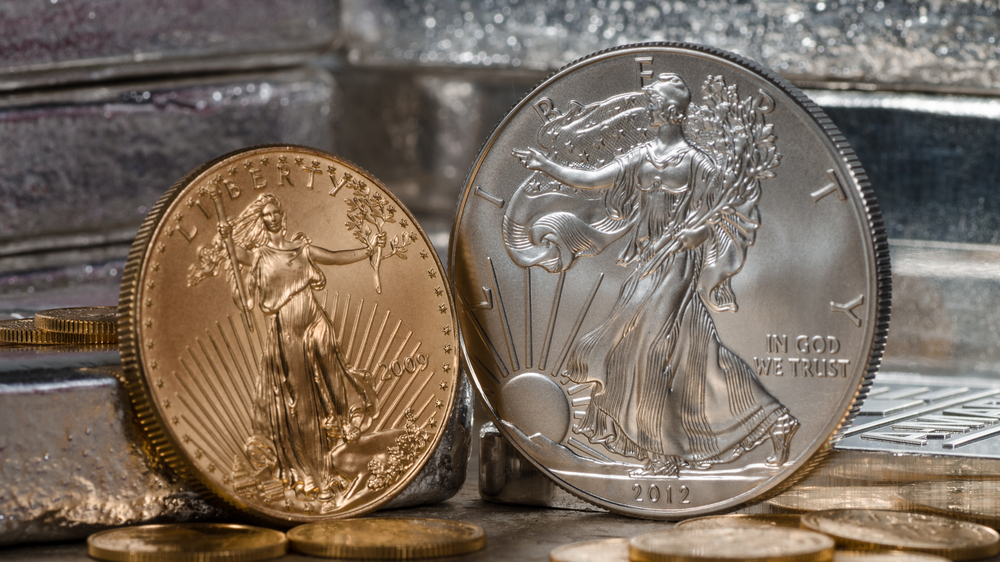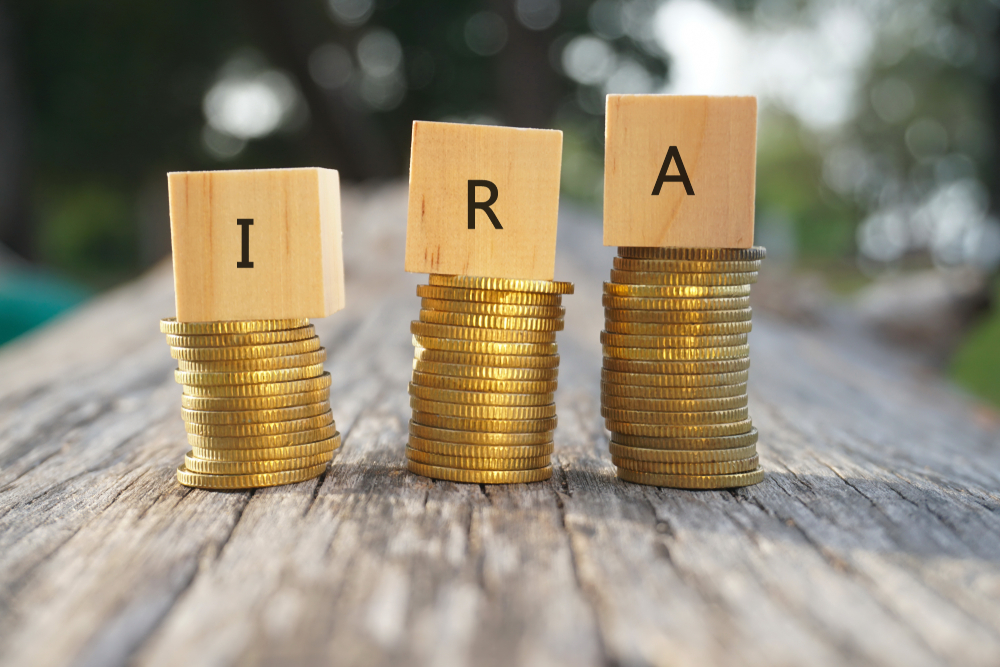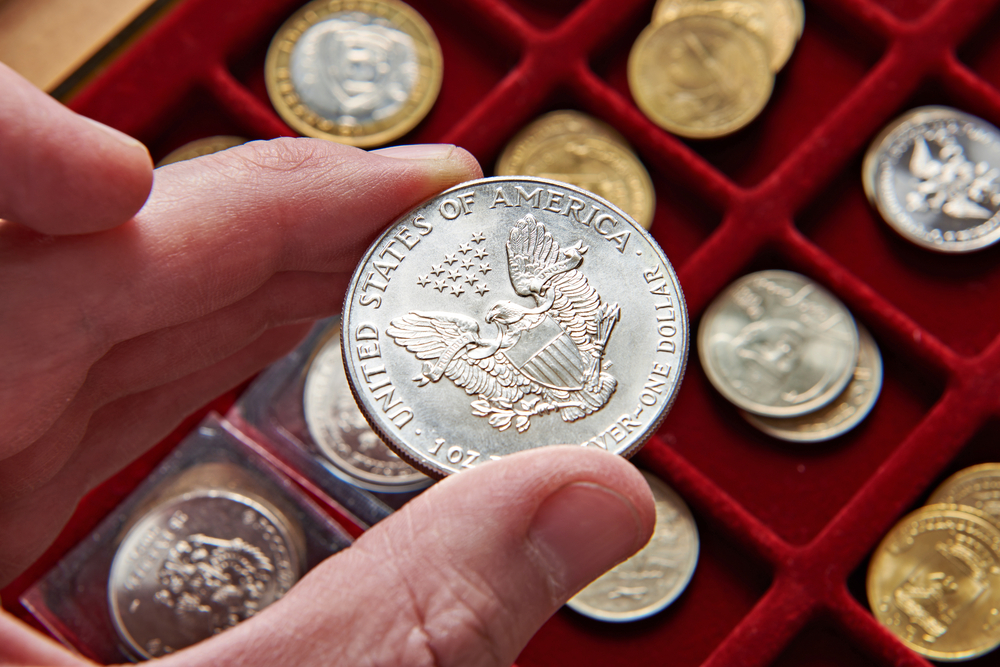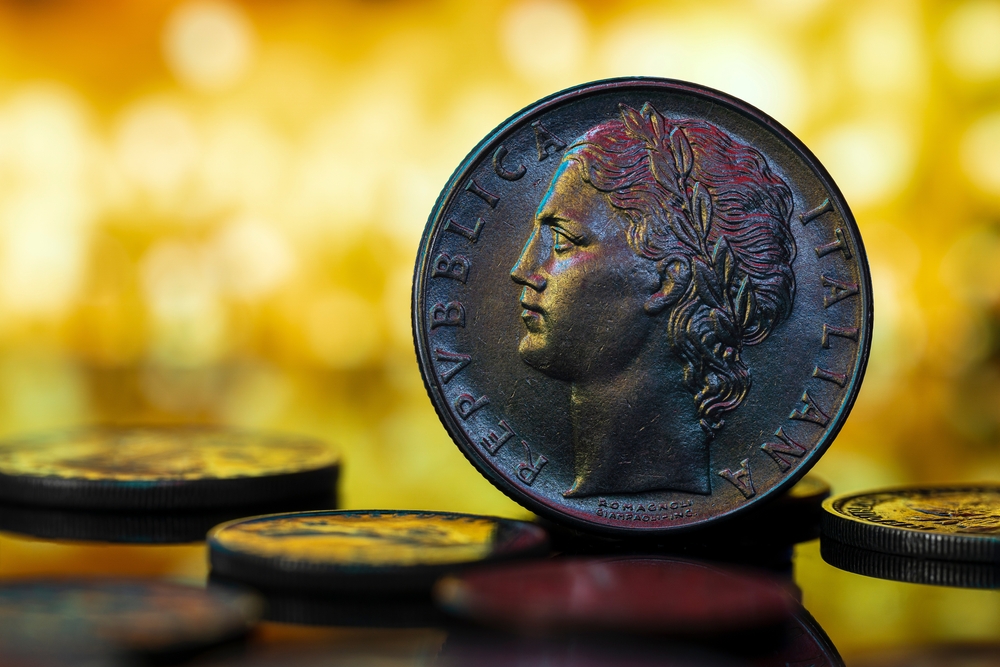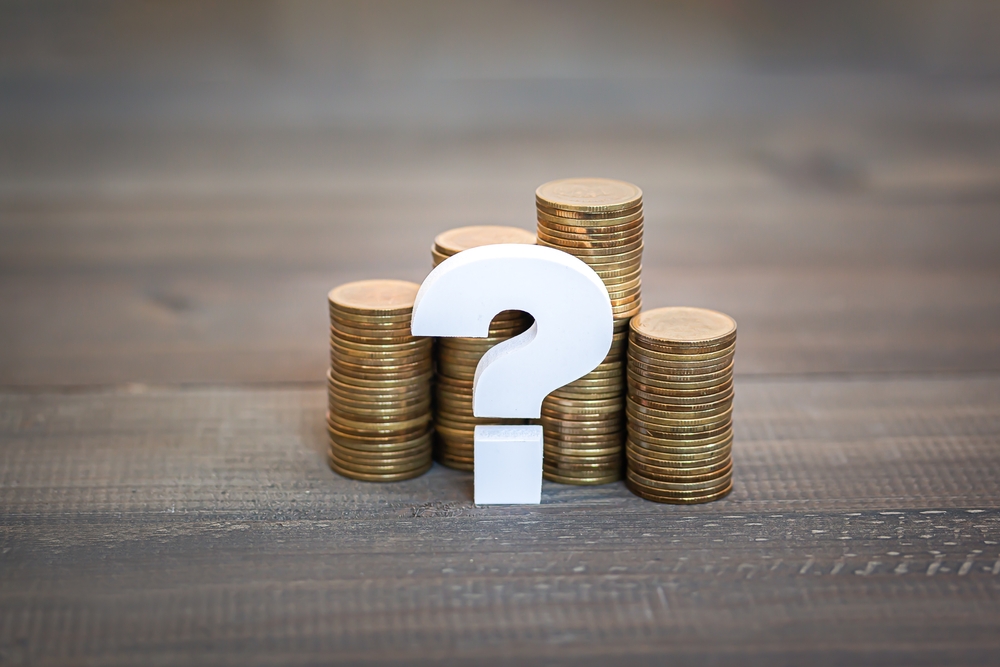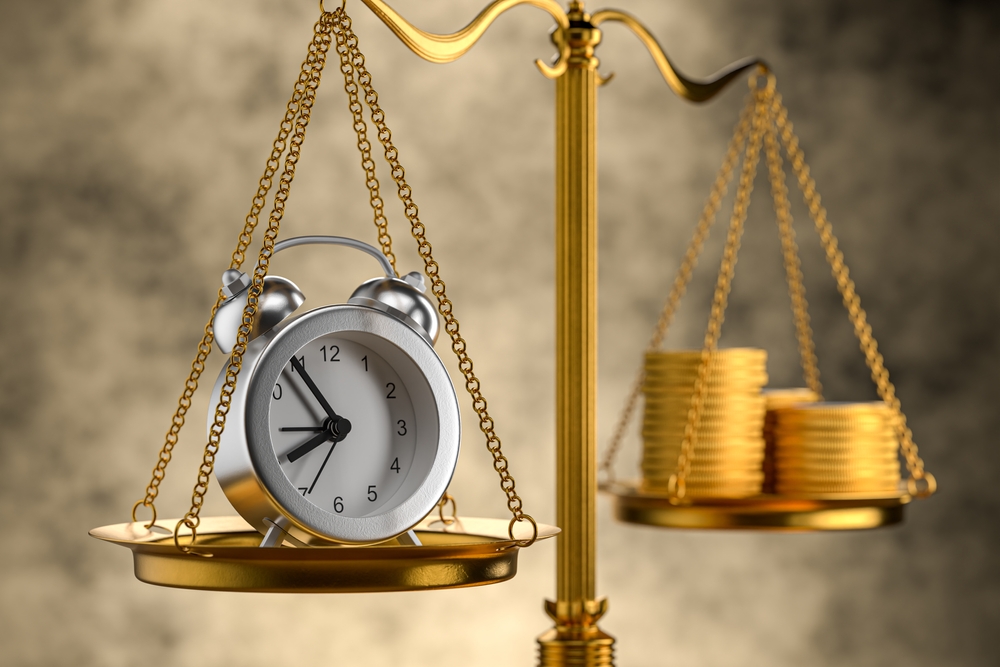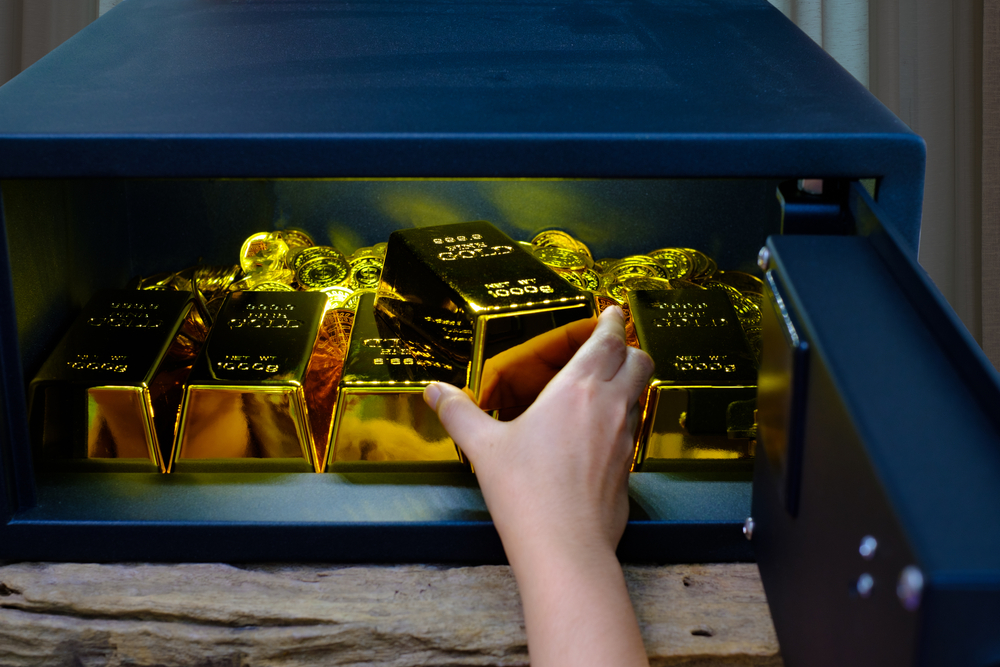
Investing in precious metals like gold and silver is a smart way to diversify your portfolio and protect your wealth. However, securing these valuable assets is just as important as acquiring them. Whether you are a seasoned investor or new to precious metals, ensuring proper storage is essential to safeguard against theft, damage, and loss. If you’re in Long Island, you have multiple secure storage options to choose from.
Why Secure Storage Matters
Unlike stocks or digital investments, precious metals are tangible assets that require physical security. Storing them in a safe location protects against theft, fire, natural disasters, and even misplacement. Additionally, proper storage helps maintain the condition and resale value of your metals.
Secure Storage Options for Precious Metals on Long Island
1. Home Safes
For investors who prefer to keep their metals close, a high-quality home safe is a good option. Here’s what to consider:
- Fireproof & Waterproof: Ensure the safe is rated to withstand extreme conditions.
- Tamper-Resistant: Choose a safe with strong locking mechanisms and reinforced steel construction.
- Concealment: Installing the safe in a hidden or reinforced location adds extra security.
While home safes provide convenience, they still pose risks, such as burglary or lack of insurance coverage.
2. Bank Safe Deposit Boxes
Many banks on Long Island offer safe deposit boxes as a secure way to store valuables. Benefits include:
- High-Level Security: Banks have round-the-clock security systems and surveillance.
- Climate-Controlled Environment: Helps protect against oxidation and deterioration.
- Lower Risk of Theft: A bank vault is harder to breach than a home safe.
However, access to bank safe deposit boxes is limited to banking hours, which may not be ideal for investors who need frequent access to their assets.
3. Private Vault Storage Facilities
For maximum security, Long Island has private vault storage facilities specifically designed for precious metals. These facilities offer:
- 24/7 Surveillance & Armed Security: Ensuring the highest level of protection.
- Insurance Coverage: Many vaults offer additional insurance for stored assets.
- Specialized Storage Conditions: Some facilities provide climate-controlled environments to prevent metal deterioration.
- Immediate Access Options: Certain facilities offer flexible access times compared to traditional banks.
4. Precious Metals Depositories
For investors with large holdings, precious metals depositories provide advanced security features beyond what banks and home safes offer. These include:
- Segregated Storage: Your metals are stored separately and not commingled with others.
- Full Insurance Protection: Covers theft, damage, and loss.
- Global Transport & Trading: Some depositories offer services that make it easy to trade and transport metals globally.
5. Third-Party Insured Storage Services
If you prefer professional storage without direct involvement, third-party insured storage services can be an excellent choice. These companies specialize in secure storage and often partner with private vaults and depositories. They offer:
- Flexible Storage Plans: Short-term and long-term options available.
- Insurance Against Various Risks: Covers natural disasters, theft, and more.
- Inventory Management: Some services provide digital tracking and account management.
Choosing the Right Storage Option
The best storage method depends on your specific needs, investment size, and risk tolerance. Here are some key questions to consider:
- Do you need immediate access to your metals?
- Are you comfortable storing valuables at home?
- Do you require insurance protection?
- How much security do you need based on your investment size?
Final Thoughts
Properly securing your precious metals is a crucial step in protecting your investment. Long Island offers various secure storage solutions, from home safes to high-security vaults and depositories. Whether you prioritize accessibility, insurance, or the highest level of protection, selecting the right storage option ensures your metals remain safe and secure for years to come.
At Premier Coin Galleries, we not only help you acquire top-quality gold and silver but also guide you in making informed storage decisions. Contact us today to learn more about safeguarding your precious metal investments!
